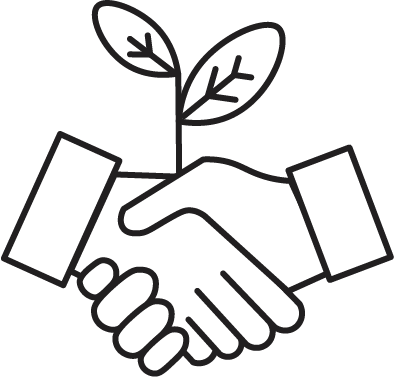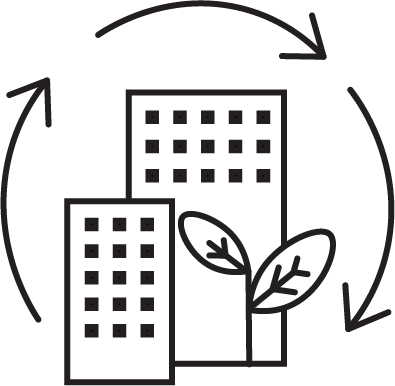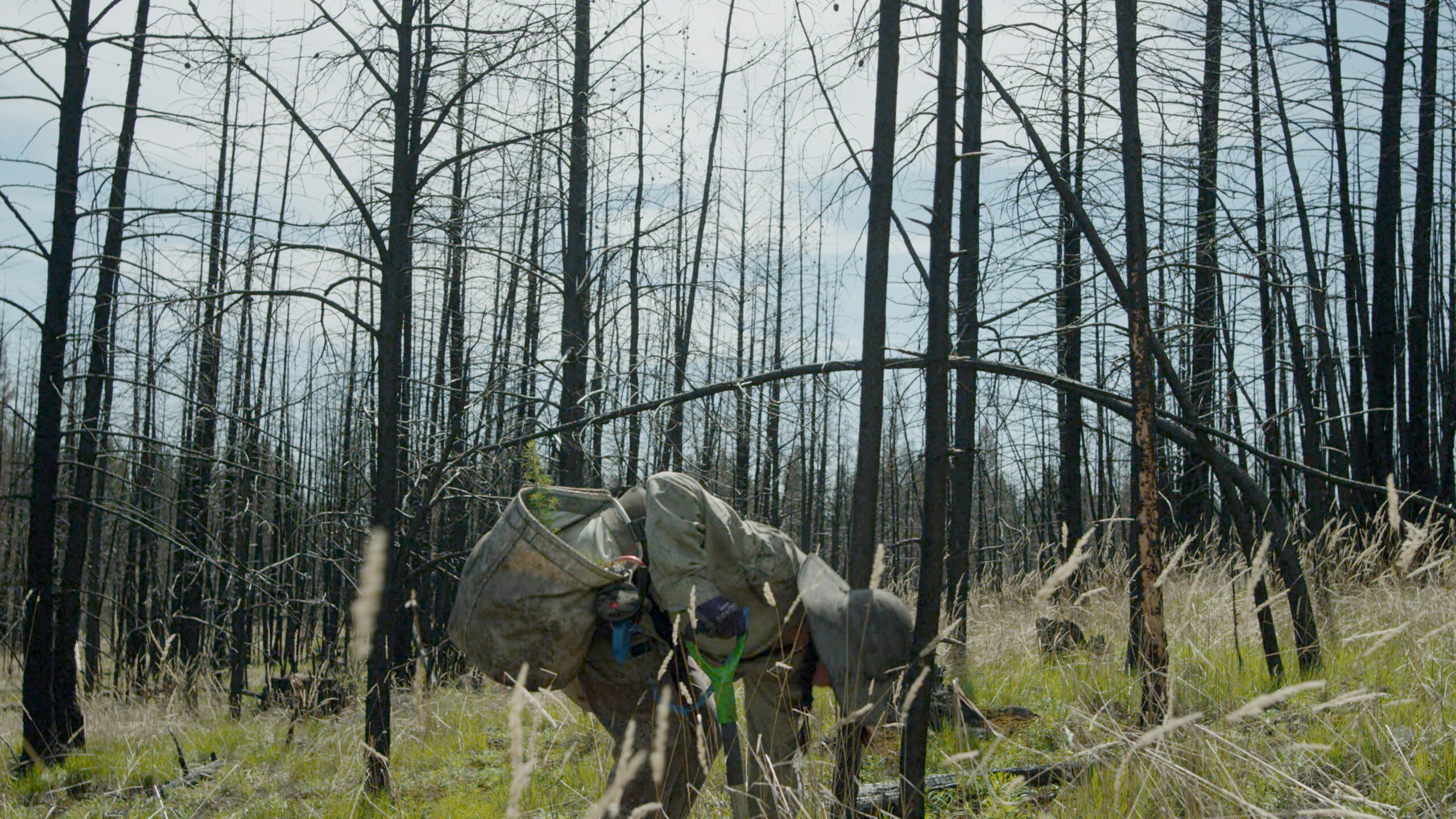A s the CEO of the Secwépemcúl’ecw Restoration and Stewardship Society (SRSS), Angela Kane has heard many stories from community members about living through south-central BC’s devastating 2017 Elephant Hill wildfire.
But one in particular sticks with her. In the fire’s early days, a grandfather stood in his kitchen watching his granddaughter play in the pool outside; when a wall of fire appeared on the horizon, all he could do was throw his granddaughter in the car and drive away as his house burned. Although the pair were safe, the memory has kept him from returning home.
“As a mother myself,” says Kane, “I felt for that family, that man—to watch your whole life go up in flames, to know that if you make a couple of split-second decisions another way, you might not be there.”
REGENERATE
CANADA
WWF-Canada’s ambitious 10-year plan lays out the charity’s three interrelated goals. The charity has long been recognized for its species protection successes, but the plan offers a roadmap to reduce climate change and reverse biodiversity loss while centering local communities.

Restoration:
As wildlife declines across the country, WWF-Canada is committed to restoring 1 million hectares of lost, complex ecosystems. The organization has started and completed the restoration of 20,000 hectares using native trees and plants, supporting Indigenous-led initiatives, and using data to identify areas that benefit wildlife and climate most.

Stewardship:
WWF-Canada knows it is critical to protect nature and advocate for the highest standards of protection in a way that honours Inuit, First Nations, and Métis priorities. The organization is well on its way to its goal of stewarding 100 million hectares of carbon-rich ecosystems through partnering with Indigenous communities, local organizations, various levels of government, and industry.

Reduce carbon emissions:
By protecting existing carbon stores and restoring lost carbon-rich habitats like wetlands and forests, WWF-Canada wants to reduce carbon emissions by 30 million tonnes to keep climate change from reaching catastrophic levels; combining Western science and Indigenous knowledge can move us toward this goal by “walking on two legs.”
For over 75 days in 2017, the fire scorched almost 2,000 square kilometres of forest, river, and grassland on Secwépemcúl’ecw traditional territory. Kane emphasizes that the fire did not just ravage houses and trees. For the Secwépemc, the land is food, medicine, culture, and ceremony. This means that any subsequent restoration—supporting the recovery of ecosystems that have been degraded, damaged, or converted due to human activities—must holistically heal the land.
While WWF-Canada has received accolades for its species protection work over its 57 years, the organization has recently expanded its restoration efforts by working with local and Indigenous communities across Canada.
Darcy Lebourdais is a Registered Professional Forester (RPF) who has been involved with restoring the Elephant Hill area. As a member of the Whispering Pines/Clinton Band (also known as the Pelltiq’t People, a Secwépemc Nation that has signed on with the SRSS), he says, “The intensity and area burnt will impact our communities for decades to come. The fire has caused devastating impacts on every aspect of the land.”
WWF-Canada’s VP of Science, Knowledge and Innovation, James Snider, says that restoration shouldn’t mean merely replanting trees; it combines local and Indigenous knowledge and scientific data to restore complex ecosystems, from Québec’s maple forests to areas of Secwépemc territory.
The environmental NGO’s strategic Regenerate Canada 10-year plan lays out a vision of hope at a time when two-thirds of Canadians think climate change is at a crisis point.
“A central part of the work that we are doing at WWF-Canada,” says Snider, “is supporting Indigenous nations to achieve benefits for biodiversity, nature, and climate.”
Hope after the Elephant Hill wildfire
As the Elephant Hill fire came under control later in the summer of 2017, eight Secwépemc communities came together with the province and BC Wildfire to discuss what recovery could look like. “It was the first of its kind,” says Angela Kane—“sitting down, having these conversations. What do we need to do?”
The group determined what trees, grasses, and plants should be returned to riparian zones (the land next to a river), the understory (the plants under the canopy), and the canopy. Much of the worst-hit land had been monoculture plantations for commercial logging. Still, Kane feels that the provincial government has become more receptive to the idea of planting native and culturally significant species.
SRSS is working toward a mixed forest canopy and an understory full of soopolallie (buffalo berry), wild onions, and wild strawberries. “We’re trying to create a balanced system—good for the economy, but mostly for ecological purposes,” says Kane.
Lebourdais says SRSS’ vision has been at the forefront through the restoration process by planting only species which existed in the area before, such as Douglas fir, lodgepole pine, yellow pine, and spruce.
Since SRSS partnered with WWF-Canada in 2020, the organization is working to increase its nursery capacity and implement a native seed collection program, and has already planted more than 650,000 trees together.
Secwépemc community members have also been trained in carbon monitoring (helping to understand how restoration efforts are sequestering carbon over time) and seed collection (harvesting, saving, and storing the seeds).
James Snider says WWF-Canada’s collaboration with SRSS is restoration in action and has wide-ranging benefits. “The work we’re doing restores habitat for wildlife including culturally important and at-risk species, while working to sequester carbon from the atmosphere. Because it’s SRSS-led and reflects their vision, it also has benefits in terms of traditional medicines and food security,” says Snider.

Walking into the future “on two legs”
“With the increase in fire intensity,” says Lebourdais, “the potential for extreme habitat degradation in sensitive areas seems unavoidable. Now, with the support from WWF-Canada, we have the chance to learn valuable lessons to help our lands heal in this changing environment.”
Meanwhile, WWF-Canada has also been busy supporting similar restoration projects in other parts of the country. For instance, in the Upper Pitt watershed northeast of Vancouver, a declining salmon population threatens the Katzie First Nation’s way of life and well-being. Habitat restoration is critical for the return of this keystone species, and 2022 saw an increase in the number of salmon spawning at Blue Creek.
“We’ve got 10 years of work scheduled, but I think it’s forever. There will always be someone up there making sure everything is flowing right. That’s the way we have looked after it since time immemorial—but it’s a different world today, and we have to work together to keep it sustainable,” says Rick Bailey, Katzie First Nation band councillor.
Just as salmon defines west coast life, maple syrup does the same in Québec and Ontario—and the idea that it could help combat the climate crisis seems almost too Canadian to be true. But WWF-Canada is helping tap that potential in Québec, as staff collaborate with sugar bush owners, foresters, and conservationists to manage forests in a way that will hold up against climate change.
In all of these cases, local knowledge paired with scientific data is creating powerful climate solutions. There is a kinship here with the Secwépemc concept of “walking on two legs” that SRSS holds as a grounding principle: Indigenous knowledge combined with Western data.
“When you look at the forest from a First Nations perspective, it is a way of being. It is a connection to the land that is not measurable, is not quantitative,” says Kane. When moving through an interconnected ecosystem with two legs walking, new perspectives emerge: “When you treat the land with respect, the land will treat you with the same.”
For more information on WWF-Canada’s work in restoration, visit http://www.wwf.ca




